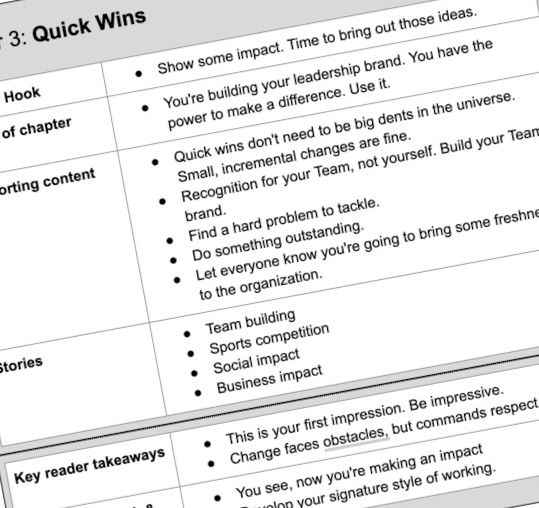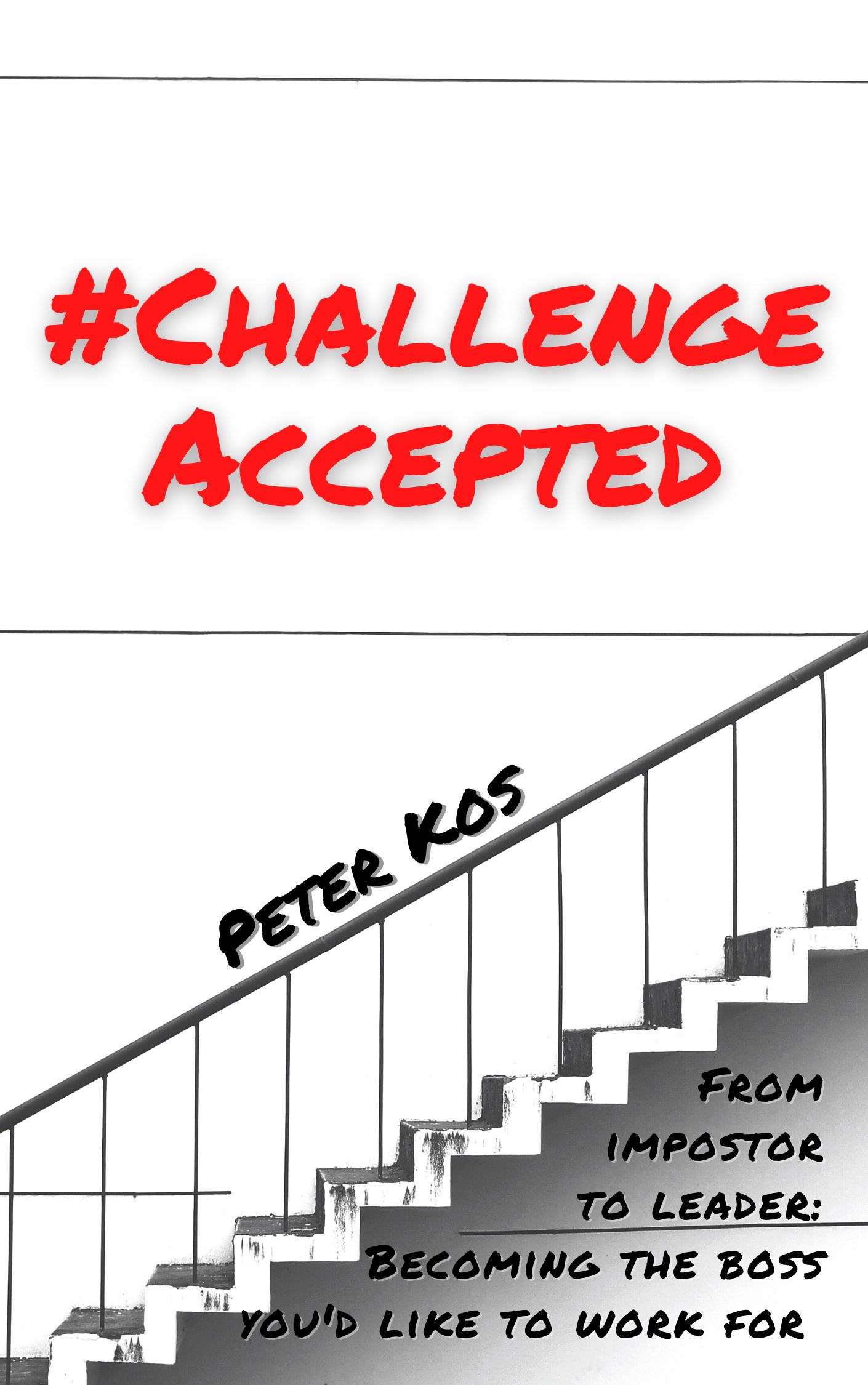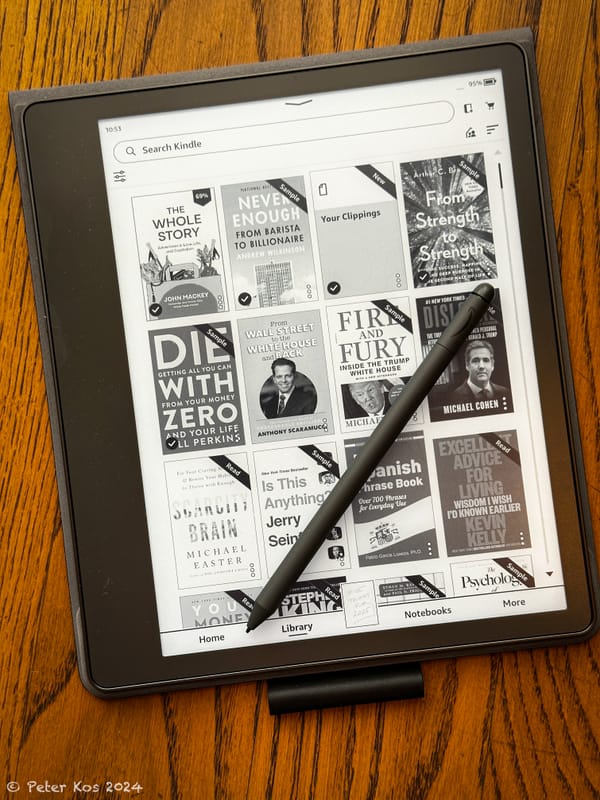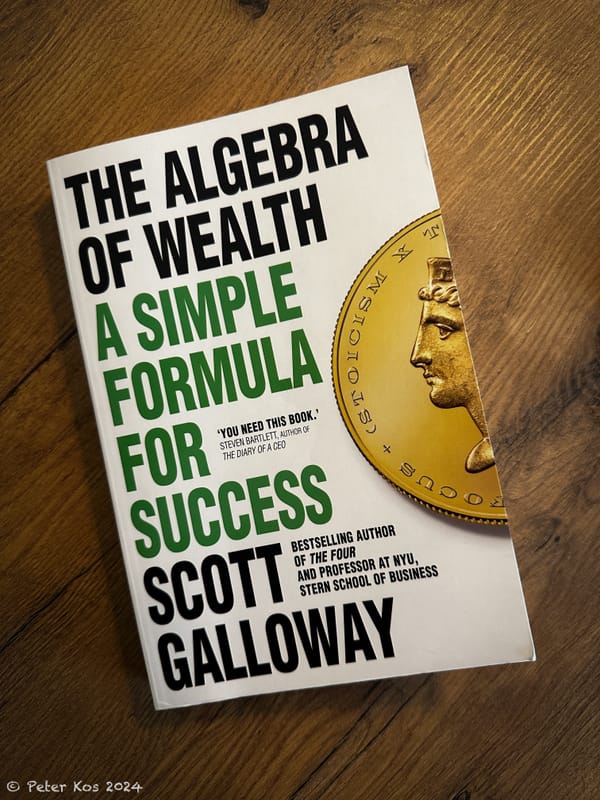#ChallengeAccepted book outline
Outline of my 2nd book. Starting now. Subscribe to follow along.

The Five Ws
As mentioned in my last post, I'll be writing this book in public. –WTF does that mean, you might ask? It's not me sitting in the public square for bystanders to feed, pet, or spit on; it’s as simple as posting my draft chapters right here on my site.
While titles of these posts will be visible to anyone, they'll only be accessible to those subscribed to my weekly newsletter. This is also the best way to stay up to speed with the book’s progress.
Subcribe to receive updates!Apart from these official chapters, I plan to spice things up with in-between chapters war stories that I collected in my nearly twenty-year career in sales. I don't intend to share these during the writing process, but leave them as extra treats available only in the book. For the cheapskates out there, the free chapter drafts should do the trick, and for the rest of us, the book will be a part of the arsenal.
Seth Godin is known to put together particular collectors’ packages, and I'm considering doing a limited edition of the same.
(I have to remind myself that I haven't even written the bloody book yet, and need to hold my horses with these marketing ideas.)
However, I learned so much during the first book's launch and promotion process, and I’m looking forward to putting that knowledge to work.
Many people have been asking how much have I actually sold. I'll keep the numbers to myself, but let's just say that I won't be retiring from the first book. Or from the second. Or the third. And that's not the point. It's about The Practice. This is first and foremost meant to be written; someone actually reading it comes second. That's the beauty of having a hobby.
Writing in public is scary. It actually is a lot like setting the desk in the middle of the public square, where anyone can pet you, feed you, encourage or spit you. But what that means is that You get a say in this book. I’ll be happy to hear any suggestions or particular topics you’d like to see addressed. Share them via social media DMs or right here. I don’t commit to honoring any requests — I’m a writer, not a Balkan musician after all — but I promise to listen and try to hear your voice.
Why?
The motive W is always essential. Why am I doing this? I say: Why not? Writing a book is scary enough, but I’ve been through that last year. So why not making it scary while putting it on display for everyone to judge? It’s sadism that every sales leader who’s ever been part of the weekly forecasting cadences have in them—facing adversity with humor and open arms. Come on; I’m ready. Here’s the other cheek.
I plan to use this outlet also for anything that won’t make it into the book. The side-stories, the meta stuff. Sharing moments of doubt, when not feeling like writing, or about the writing process itself. Just spilling it all out. Every writer knows that everything needs to get out (but not everything needs to make it into the book). So this is the junkyard, the first filter.
But I promised you an outline, and you got a rant. Thanks for making it so far.
Introduction
Every year, thousands (millions) of people enter the management ranks. Lack of training. Promoted for success in a previous job (e.g., Sales), but the skill set required is entirely different. This is not an evolution but a revolution. A big disruption. This book is written in a straightforward, easily digestible format. My guidance is around 1500 words per chapter. Because you don't need one more book full of academic data. You want straightforward advice from someone who's been there. And you want it NOW.
Chapter 1: Welcome to Management
Impostor party starts now. Do the assessment, figure out the new skill set you'll need, outline a development plan. There's no THEM anymore — You are THEM.

Chapter 2: People Manager
The only thing that changed is everything. Help others. You are only as successful as your team. Don't feel jeopardized. Managing former peers.

Chapter 3: Quick Wins
You're building your leadership brand. You have the power to make a difference. Use it.

Chapter 4: Develop your signature style (toolkit)
Figure out how you'd like to work. Build up your arsenal. Some great simple tools to start with: SWOT, OKRs, The magic of 3s.

Chapter 5: Develop your communication
Strategic-Tactical-Operational persona/level-adjusted. Executive summaries, talk the Big Picture, don't get into petty-talk. 360°: horizontal, vertical, C-level, external (public, press, partners, customers, competitors, …)

Chapter 6: Delegate. Delegate. Delegate.
Master delegation as part of your prioritization.

Chapter 7: Create your Personal and Business Plans
Find the North Star, set goals, tasks, reviews, …
Chapter 8: Operational Excellence
BS? Create your rules, communicate them clearly, follow them.
Chapter 9: Managing Performance
Recognize and award excellence, effort, attitude. Sanction fast.
Chapter 10: Crucial Conversations
When times/relations are tough.
Chapter 11: Sales Management
Forecasting, reviews, good vs. bad times.
Chapter 12: Personal Brand
Brand differentiation.
Chapter 13: Self-care
You can't be on top if you hit the bottom. Self-care, avoiding lifestyle inflation, avoiding burnout, finding meaning (enough).
Chapter 14: Career planning
Life Design, career design, finding mentors, wisdom, inspiration.
Chapter 15: Find your mantra. Your North Star.
Help your personal brand, navigate your life and work. Intertwine them, don't try to balance, but work on a spectrum/continuum.
Chapter 16: Projects & Meetings survival guide
Best practices. Organizing/preparing for/executing/following-up meetings. Project preparation, follow-through, delegation, finish.
Chapter 17: Public speaking
Leaders speak up.
Chapter 18: Driving change
If you want to be a leader, be a change agent.
Chapter 19: Tough times
Bad numbers, reorganizations, economic downturns.
Chapter 20: Working cross-functions
Working with HR, IT, Finance, Sales Ops, Legal, …
Chapter 21: Hiring & Firing
It's part of your job. Be human.
Chapter 22: Reading list
Recommendations & authors to follow.
Chapter 23: [Templates]
SWOT, SMART goals, OKRs, The 4 Circles, Life Design Worksheet. ...
Chapter 24: Welcome to Leadership
Conclusion. You made it. It's an infinite game and a journey.
That’s the current outline. It might (and probably will) change as I go; some things might get dropped, some added, at least until I’m happy with the product. I learned during the first book that the book is never finished. At one point, you have to let it go. Accept that it’s not perfect; it’s not meant to be perfect. It’s intended to inspire action, spark change, leave a dent. That’s why I’m so happy each time I hear from the readers of my first book, especially when they tell me how they started running, being more active, living healthier, being better. Knowing that my writing can help someone become more content with themselves is more than I’d dare to wish for.
Thank you for your generosity. In case you were wondering: this is the ballpark targeted length of the #ChallengeAccepted book chapters. Subscribe to my weekly newsletter to follow along.
... but when you make a book, they ask for a prize because they finished reading it. I only write a book when I have no choice.
–Seth Godin







